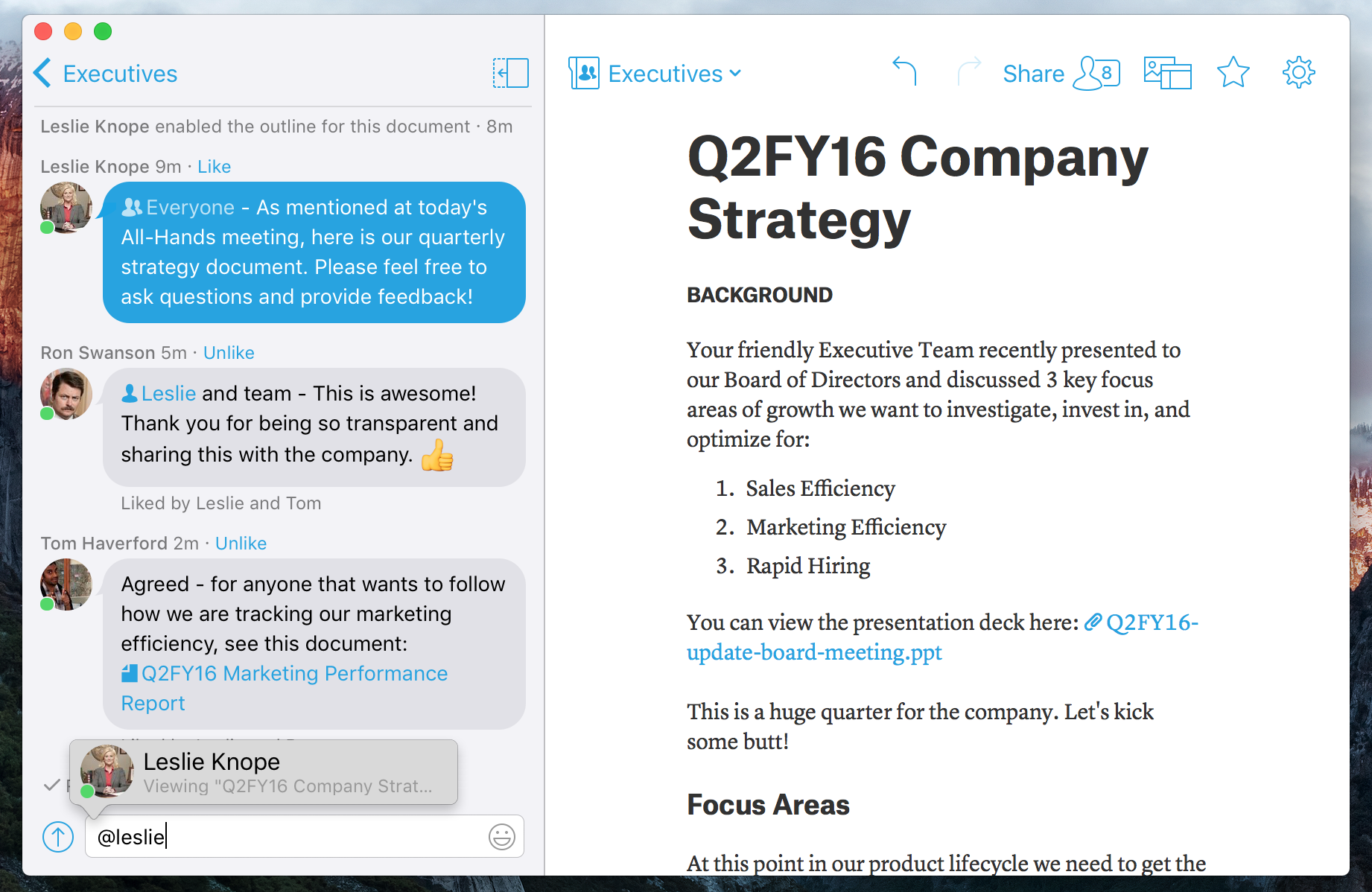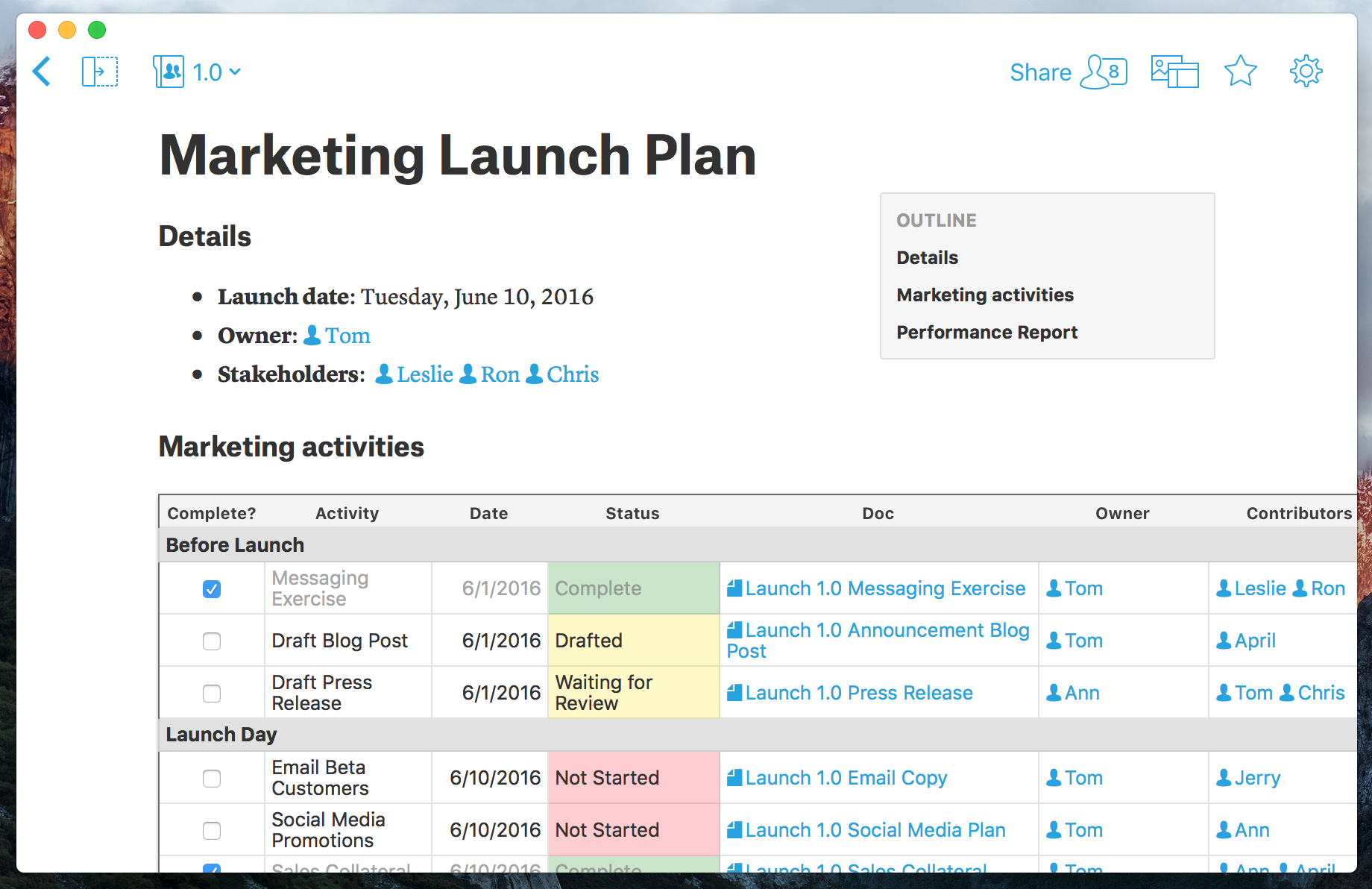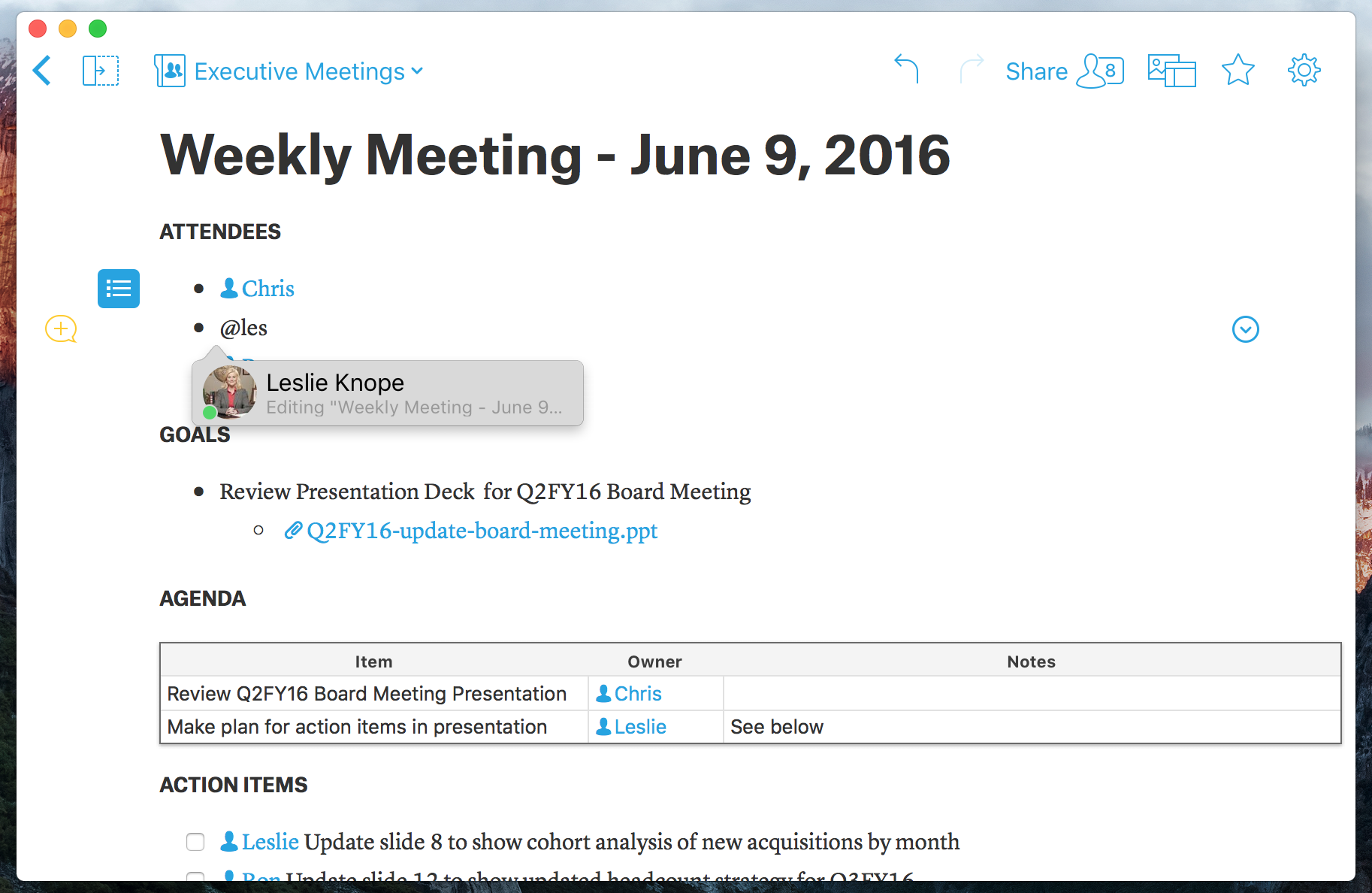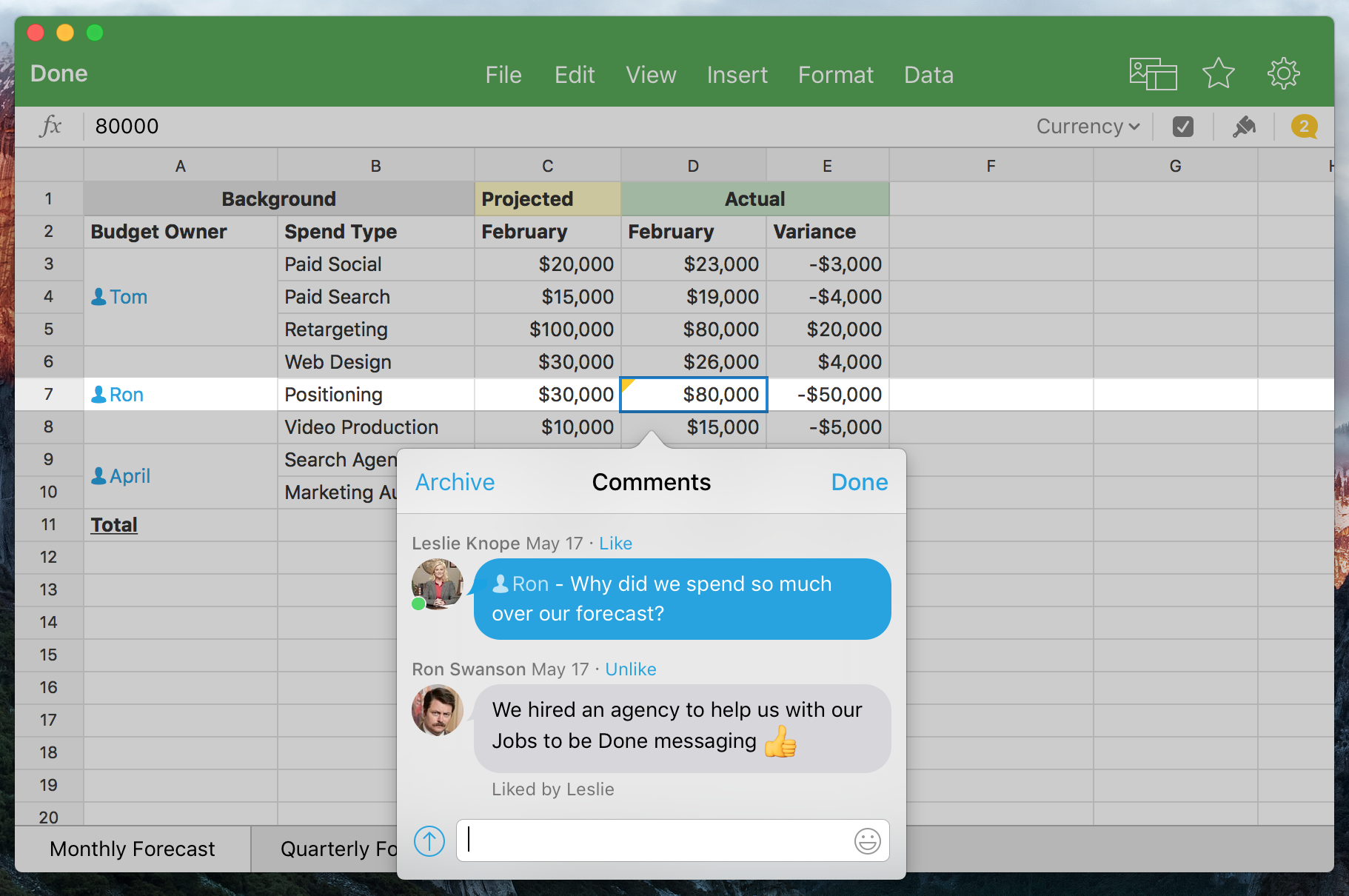Quip is Revolutionizing Productivity at Salesforce: 5 Reasons to Use Quip With Your Team
OREANDA-NEWS. September 30, 2016. Since August, Salesforce employees have rapidly adopted Quip. My team has been using it for the last year to coordinate our meeting notes, but since the rest of Salesforce has joined cross-functional projects have become way more productive.
Using Quip changed my expectations about how teams work together. We've been using it with the extended marketing team across several locations to create Quip's launch at Dreamforce. It's remarkable to watch the plans come alive with activity from across our combined companies.
You are going to hear a lot about Quip at Dreamforce and you won't want to miss the Quip Keynote on Tuesday October 4 at 4pm in the Yerba Buena Forum. Bret Taylor, the founder of Quip, and Tim Kendall, the President of Pinterest plan on showing lots of great examples for how to leverage Quip at your company.
To get you started, take a look at some these examples:
5 Reasons To Use Quip With Your Team
1. SAY GOODBYE TO TEAM EMAILS
Tired of using email to share and discuss work with your team? Quip eliminates internal emails so there is less work about work. No more long email threads, context switching, or version control with crazy_file_naming_conventions_FINALv8.doc. Create, share, and discuss your work in one place where there's always context and every document is the latest version.
2. RUN PROJECTS WITH COMPLETE TRANSPARENCY
Quip's documents and spreadsheets are perfect for building and sharing project plans. Everyone on your team has visibility, access, and the tools they need, like @mentions and tasks, to stay aligned on your project.
3. @MENTIONS TO NOTIFY AND ASSIGN
The '@' key is Quip's most powerful tool. Add images, files, spreadsheets, tables, and link to Quip documents in a single keystroke. But the real magic that comes from using Quip with your team is when you @mention a teammate to call their attention to a document, spreadsheet cell, inline comment, or message. @mentions fire off an immediate notification so your teammate can promptly join in on the action.
4. SPARK DISCUSSIONS IN CONTEXT
In order to work faster and make better decisions, context is everything. When you have to jump between an email and a file it slows you down. In Quip, you can give targeted feedback and ask questions about specific words and cells in your work. @mentions are an effective way to bring your teammates into conversations where there's context so it's easy to jump in and contribute.
5. CENTRALIZE YOUR TEAM'S WORK
Don't you hate it when you can't find something you're looking for? Most of the time that's because work is scattered across different systems and email. Quip has a concept of Group and Shared folders. Group folders are for documents that the entire company has access to like policies and procedures, helpdesk articles, and general information docs. Shared folders are great to organize work for teams, departments, or projects.









Комментарии